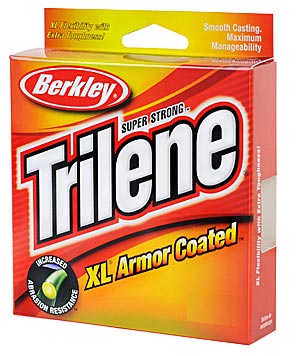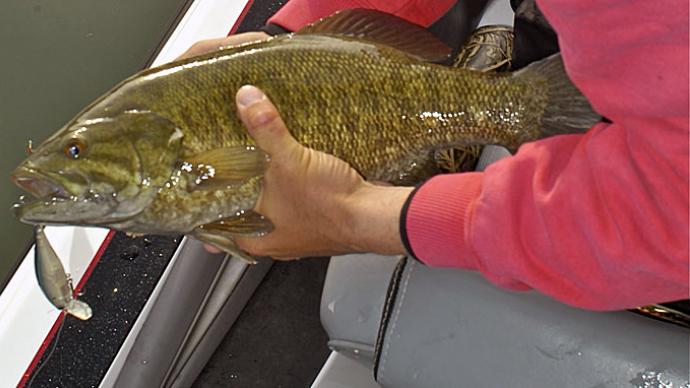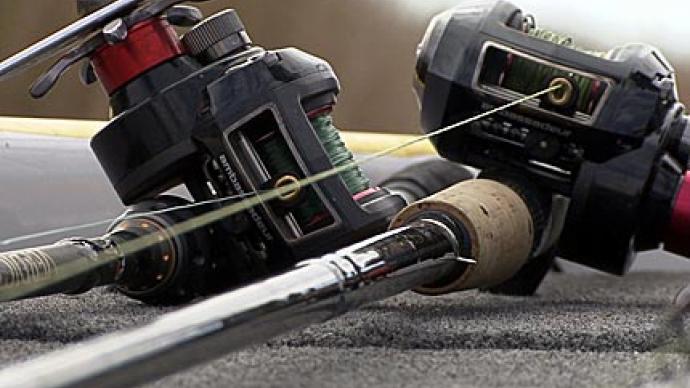
The advancements in bass fishing the past 30 years have been incredible. We’ve seen radical improvements in the equipment we use, the knowledge we have, the way information is shared and the overall capabilities of today’s anglers.
But of all the progressions, nothing compares to the fishing lines we’re using today.
In my younger days, we only had a few lines from which to choose. Today, there are dozens of brands of specialty lines that make fishing more enjoyable and anglers more efficient – but only if they are used properly.
Anglers need to understand that there is no single brand or style of line that works best with all applications. Each has its good and bad characteristics, so it’s up to you to match them accordingly to get maximum performance.
Superlines, for example, are great when the situation requires a tough low-stretch line for setting the hook on bass in heavy cover. I can make a long cast with a floating worm or a Mann’s SHADow into the pockets behind lily pads and feel confident I’ll get a fish to the boat. If I make a long cast into the same area with mono, the abundant stretch will reduce my hook-setting power and the line won’t slice through the vegetation as well as my FireLine does.
Fluorocarbon, meanwhile, is a great choice when line visibility is a factor. I use it as a leader when fishing high-floating soft plastics on Carolina rigs. It’s virtually invisible, has very little stretch and is fairly abrasion resistant.
When tying fluorocarbon, it is critical to wet the knot and cinch it slowly. Otherwise, the material will “burn” and weaken the knot. For added assurance, I lubricate the line with silicone spray before tying.
Sometimes I’ll combine two different lines. For example, I like to use FireLine on spinnerbait rods because it is more manageable than monofilament. If the water is clear, I slice a monofilament or fluorocarbon leader on the end so the bait looks more natural.
Several lines are touted as low-stretch, which means they are more sensitive and will transmit bites better. That’s good, but you must remember that low-stretch lines can break on hooksets more easily.
Line color and size are other considerations. In underwater tests several years ago, I saw how green lines are less visible than clear lines. I also saw how line size affected the mood of the fish. We made casts with plastic worms on 20-pound line behind fish in cover, and even though they never saw the line or lure, they got edgy.
I am convinced they didn’t see the line but picked up the movement of the line. That made me realize the importance of using smaller diameter lines whenever possible. It’s not because I’m concerned the fish see line in stained water situations, but they recognize the unnatural movement of something coming through their ambush area.
That doesn’t mean you should use light line in all applications. You gain no edge in fishing spinnerbaits on light line, but you do lose more fish. When you’re fishing topwater lures, heavy line floats better and allows your baits to dart and dance easier.
Choosing a fishing line isn’t as simple as it once was, but the broader selection empowers anglers to be more efficient. Match lines properly and you will land more fish and get more enjoyment from the sport.
You can find more articles, quick tips and much more at HankParker.com.




